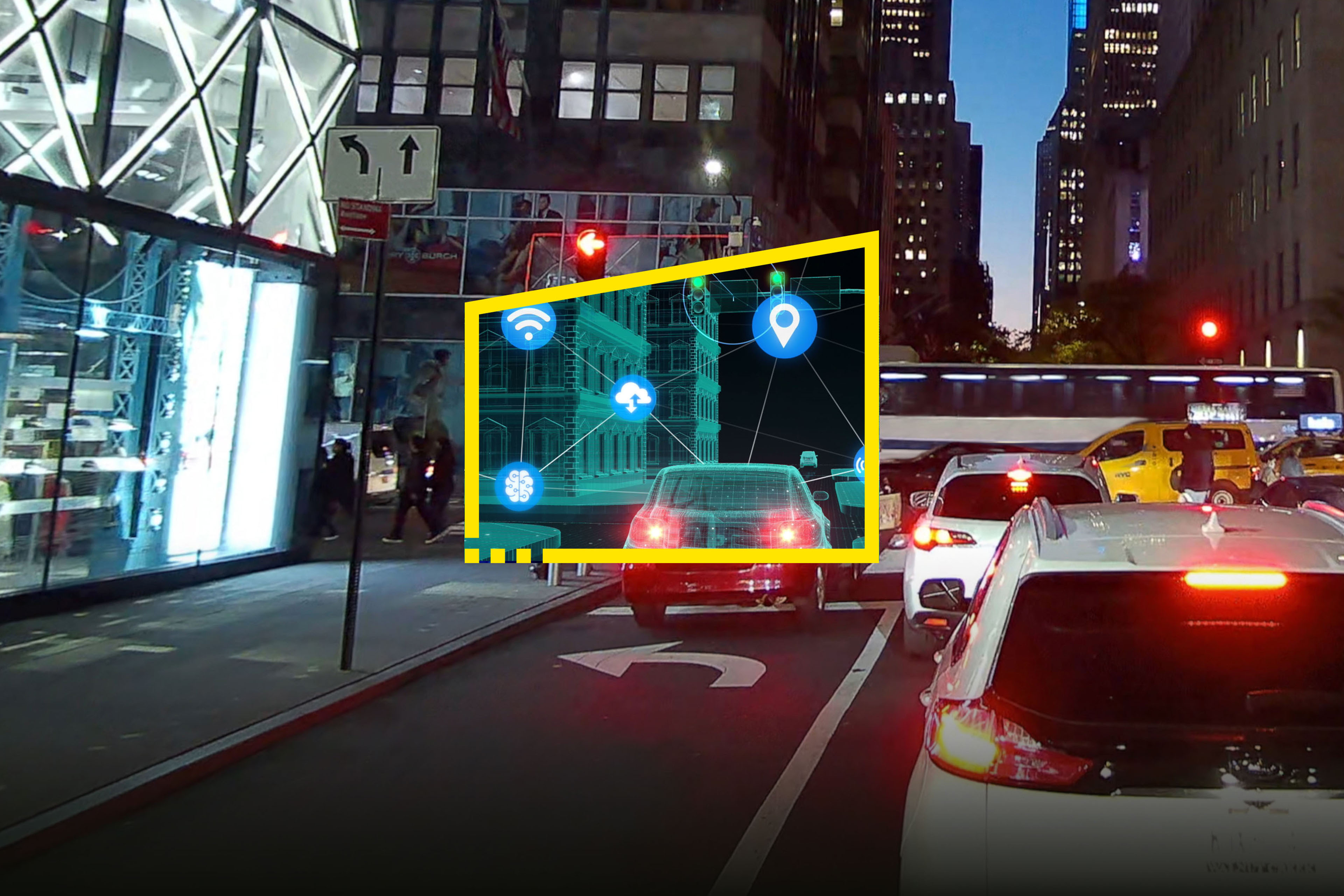EY refers to the global organization, and may refer to one or more, of the member firms of Ernst & Young Global Limited, each of which is a separate legal entity. Ernst & Young Global Limited, a UK company limited by guarantee, does not provide services to clients.
Matt Barrington joins Cheddar News to discuss how AI and machine learning have evolved and are being applied today. Key takeaways below.
In brief
- Mobile World Congress 2022 in Las Vegas covered emerging tech topics like 5G, AI, IoT and Web3.
- As new use cases arise for AI and data analytics, companies that start innovating now will have a greater competitive advantage.
What did you take away from Mobile World Congress 2022 (MWC) this year and how does it impact new and emerging technologies?
Matt: Some of the most impactful change that we're seeing is the hyper-connectivity of the world. With the rollout of 5G, both private and public, which creates an ultra-high speed, low-latency network fabric. We're about to enter a new era of IoT where devices, sensors and edge infrastructure are going to be generating whole new types of data and allows us to create whole new immersive sets of use cases. Simply put, we will be able to activate these existing devices for the first time and really derive true business value at scale.
This new era of IoT is going to drive a whole new set of devices to that should approach close to 30 billion by 2030. This world is going to require a whole new set of emerging and enabling technologies like edge, artificial intelligence (AI) and machine learning (ML), and digital twin, where all will have to become more pervasive and more useful. The lines between the physical and virtual world are going to blur with things like Web3 and the Metaverse.
We're at a tipping point right now in market; what we're seeing are the companies who are harnessing the power of emerging technologies are creating a distinct competitive advantage.
Matt Barrington
EY Americas Chief Technology Officer; EY Global AI Activation Leader
AI and machine learning, along with other technologies, have been around for quite some time. How is the conversation surrounding these technologies different now?
Matt: We see three key drivers right now:
1. First is the explosion of data.
2. As 5G expands with the need to drive real business value with real-time analytics at the source, we're going to be moving processors to where the data gets generated.
3. We're going to see a significant adoption of new tech and new form factors. Around AI and ML today, we're seeing a lot of optimized capabilities with Graphics Processing Unites (GPUs) and Field Programmable Gate Arrays (FPGAs).
In the future, with an autonomous delivery drone walking the streets of New York, there's going to be a lot of embedded tech with real-time AI on that form factor itself. The reality today is 95% of our existing AI is still predominantly machine learning. That requires a lot of training, data and human interaction to determine significant patterns. It's not extensible to these new environments. Next-gen AI will create a new shift to something we're calling “machine reasoning,” where we'll have faster intelligence and the ability to decision across cloud, core and edge in real-time. Organizations are having to rethink their business processes, their use cases and their holistic business models end-to-end.
What should leaders be doing next regarding emerging technologies?
Matt: The reality is they need to start. They just can't afford to wait. This new technology also takes time to be established and standardized. We're seeing a demonstrable, sizable shift in market growth from the companies who are harnessing the power of emerging technologies versus those who are dependent upon legacy technologies.
Summary
As you're thinking about ways to get started, you have to adapt your posture as a company. You need to start moving beyond just an innovation mindset where you have a targeted group, and you need to decentralize an innovation across your organization. Last but not least, you must think about the talent quotient too. It's important to make sure you've got the right people at the right time focusing on this.
How EY can help
-
Our Consulting approach to the adoption of AI and intelligent automation is human-centered, pragmatic, outcomes-focused and ethical.
Read more
Related articles
The CIO Imperative: Is your technology moving fast enough to realize your ambitions?
Data centricity can be an insight engine that unlocks operational, customer and market data value, according to EY’s 2022 Tech Horizon survey. Read more




